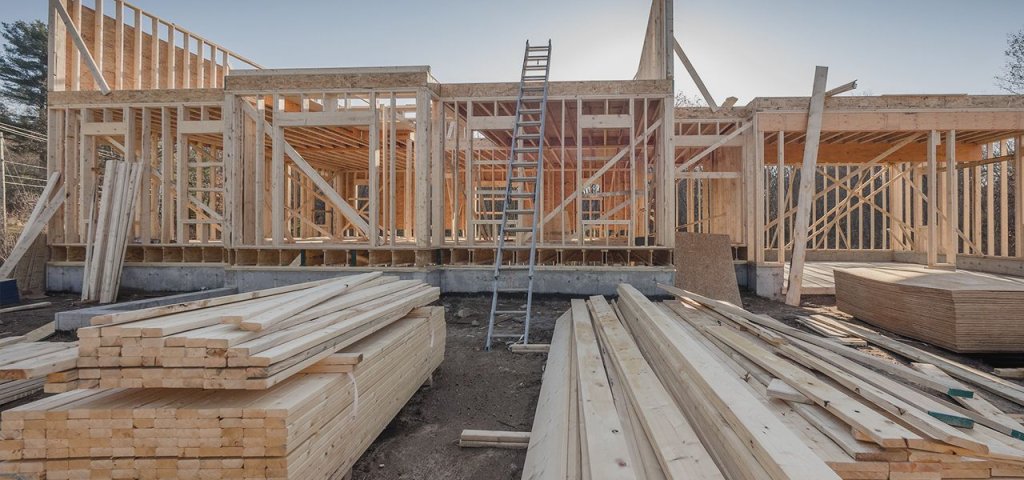Lumber prices continue to rise due to the COVID-19 pandemic. How is it affecting the construction industry—and how can contractors better protect themselves?
Let's take a look at a few ways.
Halted supply, growing demand.
Starting in March 2020, the pandemic changed the world forever. Countries closed. Unemployment rose. Social distancing rules and mask mandates became the norm. These unforeseen changes heavily affected productivity—across all industries.
For construction, that meant a lot of sawmill shutdowns. A sawmill is where lumber milling takes place, or when logs are cut into lumber. Since lumber is formed into beams or planks, it’s usually the wood of choice for structural purposes. (Especially when it comes to residential homes.)
With sawmills closed for months, there’s now less lumber to go around. Yet, demand for lumber continues to grow—causing many issues for home builders and buyers alike.
Contractors are met with project delays and theft.
Low lumber supply means increased costs. At the time of writing, lumber was priced at $1,602—more than 370% of what it was last year.
The inflated prices have made it even harder for companies to get lumber for their projects. According to CNN Business, builders are even reporting their lumber being stolen.
"Theft has been huge in our market. We have tens if not hundreds of thousands of dollars stolen during the year," Brant Chesson, the president and CEO of Homes By Dickerson, told CNN Business.
When crews don’t have the materials they need for a project, they can’t complete it. As a result, projects are delayed, sometimes indefinitely. This is the unfortunate reality that construction companies are facing today.
But the lumber shortage doesn’t just affect home builders. Home buyers (and homeowners) are also struggling to get what they need.
With a shortage of houses, prices spike.
A shortage of lumber also means a shortage of homes.
The National Association of Home Builders states that, since April 2020, lumber prices have “added nearly $36,000 to the average price of a new single-family home, and nearly $13,000 to the price of a multifamily home.”
Because there’s not enough lumber to build (or renovate) more homes, the homes that are completed sharply increase in price. As a result, housing becomes more inaccessible to those on the market for a new one. First-time buyers are hit especially hard.
How can contractors better protect themselves?
Sawmills are starting to run again, so more lumber supply is on the way. (And, hopefully, will catch up with demand.)
In the meantime, contractors should invest in better production tracking and materials tracking. Construction software helps you track everything digitally, so your most important info is always close by. Some construction apps, like Raken, even come with a mobile field app. That way, it’s easy for your crews to send you project updates.
With a more accurate read on your materials and project scope, you can better prepare—and protect—your company from risk or litigation.
See how our production tracking features work.
Raken helps you increase jobsite visibility with less effort. From real-time productivity data to digital daily reports, it’s easier than ever to track your projects—and keep an accurate record to protect your business.
Schedule a personalized demo with us today. It even comes with a free trial.
